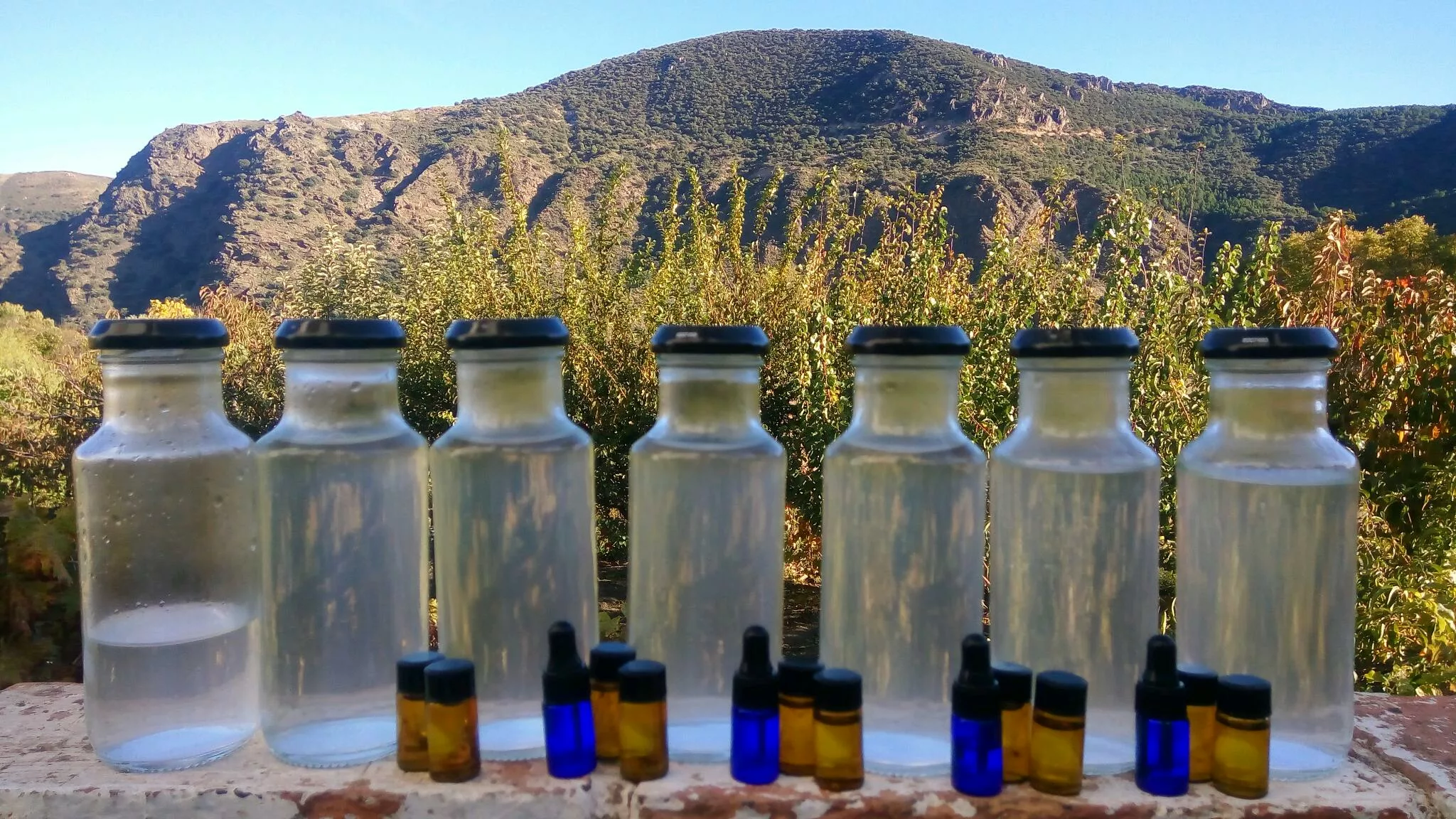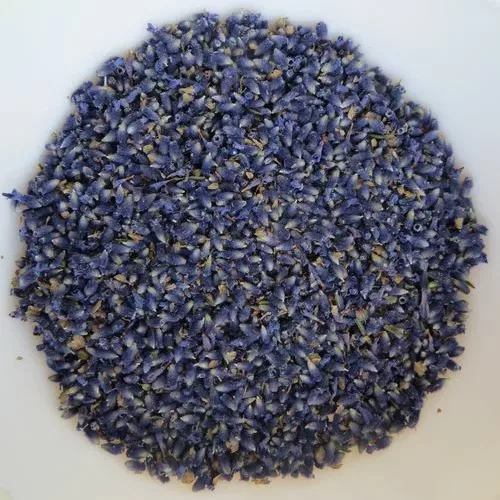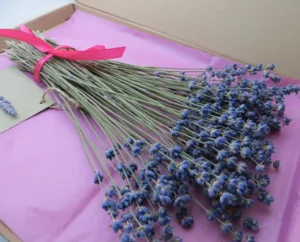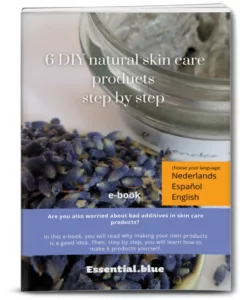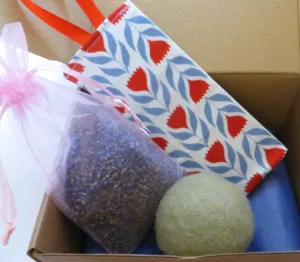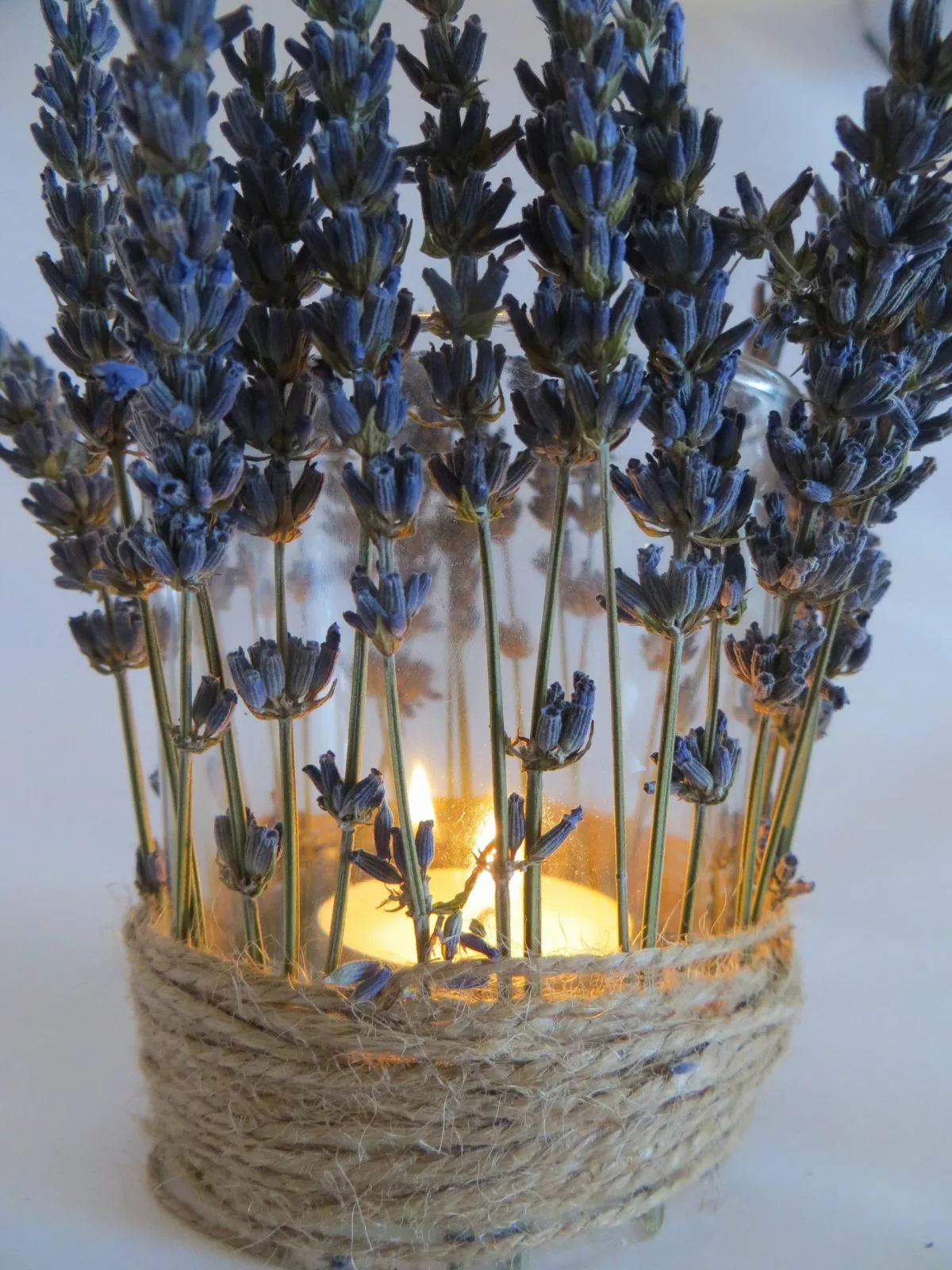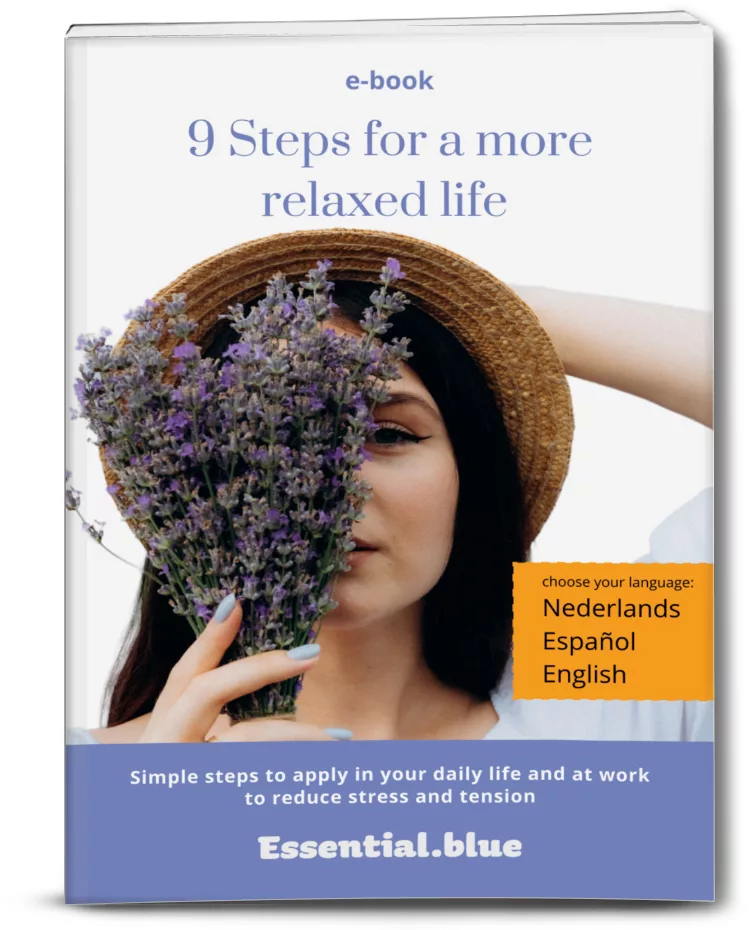How to distil Lavender Oil? In total I have about 2,5 kilos of dried flowers that I can use to distil lavender oil. I don’t want to use it all, but that’s no problem because they don’t fit all in my distillery. I have a little one of 12 litres. The idea is to press the plant material firmly into the pan.
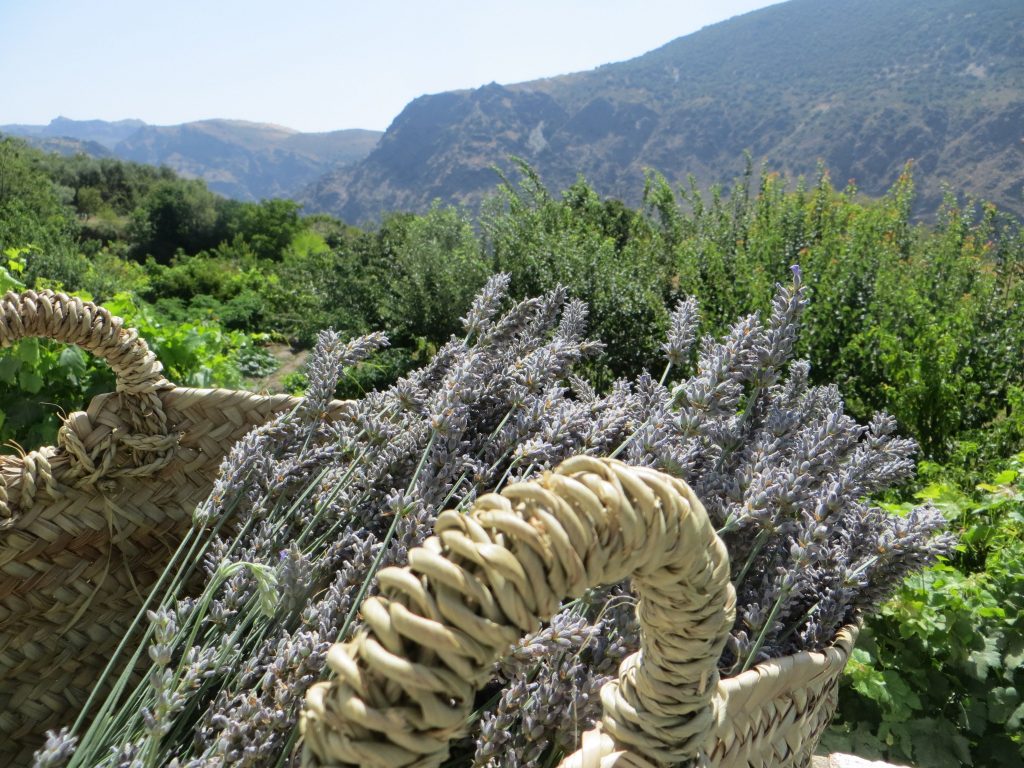
The yield exceeded all expectations

With a double elevation in the pan – to make the contents even smaller – 680 grams of lavender flowers went in with difficulty. That was much less than I thought. But the yield exceeded all expectations.
I thought it was a lavandin and that is clear from the yield of 7.1% oil.
Essential oil makers handbook
In the essential oil makers handbook of Bettina Malle and Helge Schminckl I read that flowers of lavandula angustfolia have a yield of 2.5 to 3% and lavandin 3 to 5%. The 7.1 is therefore excessively high.
Except for 48,7 grams of lavender oil the 680 grams of dried lavender flowers yielded me about 1,5 liters of hydrolate. Above all it smells very good. 🙂 At a later moment I will analyze the harvest of my own lavender. For now the oil is enough to make my own soap and bath salts.
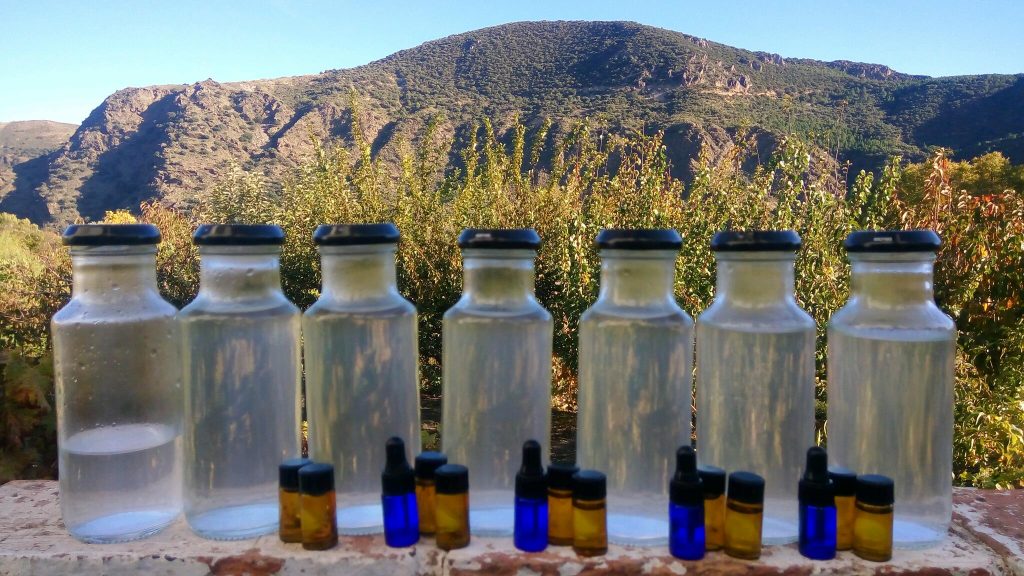
How to distil lavender oil?
- At the bottom of the distillation kettle a sort of sieve is used to separate the plant material from the water. The steam from the boiling water pushes up through the sieve and the plant material, taking the oil from the flowers with it.
- Fill the pan with water until just below the sieve. The plant material should not be in the water.
- In addition fill the pan from sieve to lid with lavender flowers, very firmly pressed.
- After that close the kettle and connect the hoses for cooling.
- While the kettle is warming up, keep an eye on the cooling. The cooling water should be lukewarm, but not too hot. I still have to find a way to cool the cooling water without losing water. Now I need to get rid of hot water and add cold water. I need to be able to do this more efficiently.
- As soon as the temperature at the top of the kettle rises to about 97 degrees Celsius, hydrolate with oil runs out of the kettle. Meanwhile I prepare a row of well cleaned bottles or glasses and you can clearly see that the first amount contains the most oil. The oil is in a yellow layer on top of the hydrolate.
- After about an hour my bottles were gone and I quit. Henk Ploeger of In de koperen ketel says you can go on for two hours, but I was a bit afraid that the water in the kettle was running out. (The amount of water I put in I have to measure the next time.) That fear turned out to be unfounded, there was still enough water in it. But I ran out of bottles and I thought I could smell that the smell of the hydrolate was getting less. So still a good time to stop.
- One by one I have put the content of the bottles in the Florentine vase to separate the oil from the hydrolatum. The oil floats on top of the hydrolate which you can clearly see in this picture.
Read more about making your own soap, bath scrub or oils
-
 Soothing lavender dried5,95€ – 10,45€
Soothing lavender dried5,95€ – 10,45€ -
 Dried lavender4,95€ – 29,95€
Dried lavender4,95€ – 29,95€
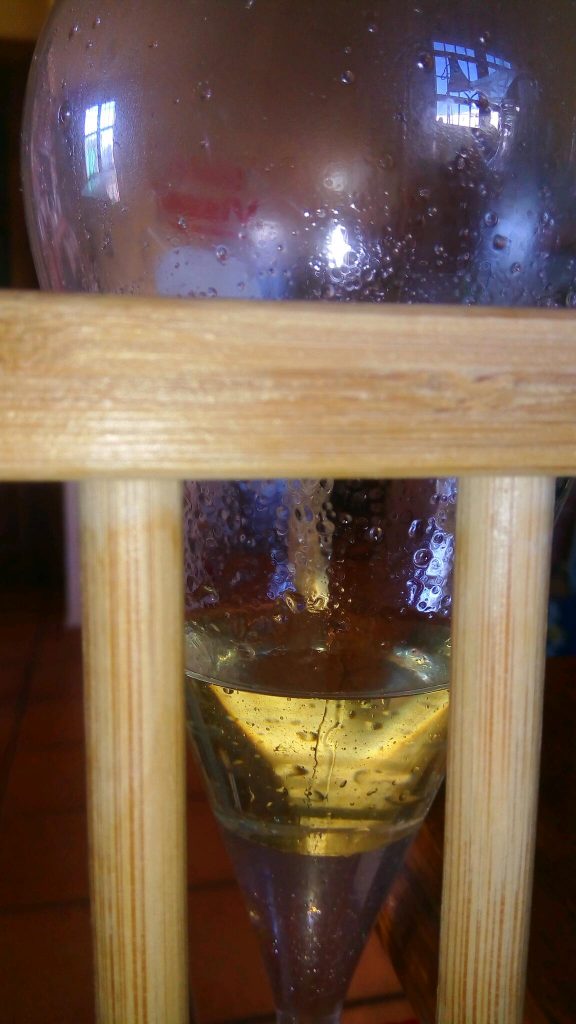
Workshop How to distil Lavender Oil in Gilze, the Netherlands
Free e-book 6 DIY natural skin care products step by step

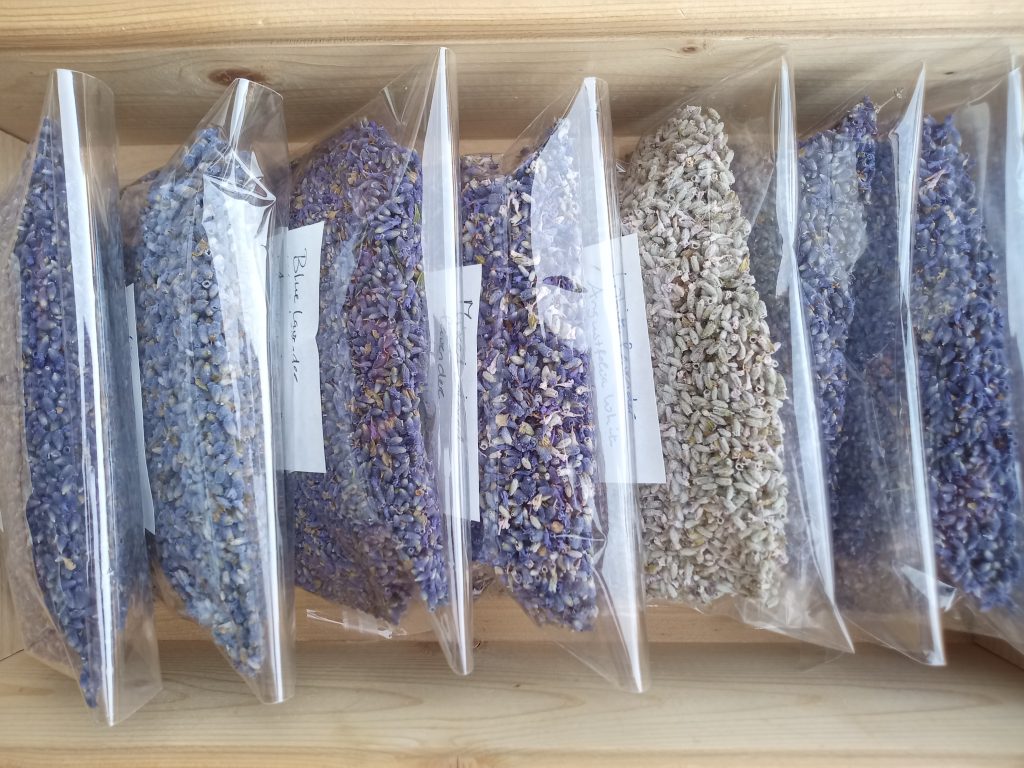
Do you already make your own essential oil? Tell me about your experiences below. I am curious!

